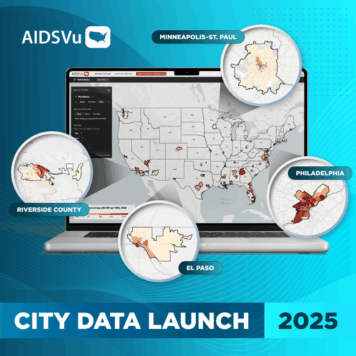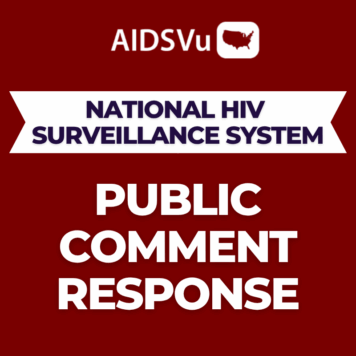Sylvie Naar, Ph.D., Professor of Behavioral Sciences and Social Medicine at Florida State University and Principal Investigator for the Adolescent Medicine Trials Network for HIV/AIDS Interventions’ Scale It Up program
Q: You work on a wide variety of behavioral science projects. What is it about HIV among youth that drew you to work with this population?
I was drawn to working with HIV among youth because of my training and personal experience. I am a pediatric psychologist by trade, so I had worked in chronic illness clinics with young people throughout my career, starting off with the Children’s Hospital of Michigan (CHM). At CHM, we were working on integrating mental health services into chronic illness care. On a personal note, I had a family member with hemophilia who contracted HIV early in life from tainted blood products and passed away in 1990. This was before the advent of highly active antiretroviral treatment, and he did not tell anybody in his family about having HIV until very close to his death. The stigma, even within a hemophilia setting, really bothered me. So that prompted me to get into health psychology versus traditional psychology. I started working in a pediatric clinic and really fell in love with the population.
The young people aspect is a part of my heart. It is the intersection of urban health, health psychology, minority health, substance abuse, sexual risk, and other behaviors. I slowly moved into more behaviorally impacted youth and the changing needs of the epidemic, which made me connected to the struggles of minority youth. Kids face an added stigma in the area of HIV, for being so young and the blame of catching something that is behaviorally infectious. They are often disconnected from their families for being HIV positive and a sexual minority, so they really need a lifeline from the clinic and our staff. These psychosocial needs are often overlooked for young people, and that’s the need I want to fill.
Q: As a professor of Behavioral Science and Social Medicine, how is your perspective on HIV among youth different than someone who is looking at it from an epidemiological or public health perspective?
I am attuned to the multiple systems that youth are embedded into and, in addition, to individual behavioral interventions in public health. My area of focus is translating basic behavioral and social science into new behavioral interventions and getting them into the community. My focus pairs well with those from epidemiological and public health backgrounds. Although we come from slightly different academic backgrounds, it is critical for me to partner with public health professionals in order to get the interventions successfully into the community.
Q: You are the Principal Investigator for the Adolescent Medicine Trials Network’s Scale It Up program. The program emphasizes self-management interventions to impact HIV among youth. What are self-management interventions and what are the main goals of the program?
Self-management interventions are based on motivational interviewing, which is a combination of motivational interventions with couples counseling, skills building, substance abuse prevention, and HIV testing for young people, in addition to a telehealth intervention for adherence to HIV therapy for positive youth. We have adapted motivational interviewing to be called TMI, for Tailored Motivational Interviewing, but also we jokingly call it Too Much Information because young people usually give us too much unnecessary information and often not the right information. From recordings of conversations with youth and providers, we’re combining all this information into the TMI framework to provide the right information into a variety of effective approaches.
The main goal of the Scale it Up program is to use a mixed methods approach, as described here, to understand the barriers for healthy lifestyles for these kids. Once we understand these barriers, we can then facilitate more efficacious programs and interventions.
Q: With the rise of the opioid epidemic, what trends are you seeing in new HIV infections from injection drug use among young people and how can we tailor interventions to target this method of transmission?
The trends in new HIV infections and injection drug use among young people are rising, but luckily, not alarming. In 2008, about 1% of HIV infections among youth were attributed to injection, as of 2016, it is 2.6%. The opioid epidemic tends not to be with injectables among young people, however, we know that those kinds of early opioid addictions can transition into IV drug use pretty quickly, and that is where people would be at risk for HIV, and other diseases. We have also seen that nonadherent kids, that is, kids that are not using condoms or PrEP in safe sex practices are also using more substances and overall, engaging in risky behaviors.
We have created a tailored Healthy Choices Intervention for these kids to help provide resources in clinical and community settings. This is to expand on the typical resources provided by research studies. This is an area we are keeping an eye on with the growing opioid epidemic, but not our biggest concern.
Q: With National Youth HIV/AIDS Awareness Day around the corner on April 10, what is your message to youth?
My message to young people is to reach out and advocate for yourself. There are good services, support, and interventions out there that you can get connected with, both in person and through e-health/telehealth. Do not be afraid to get connected.




